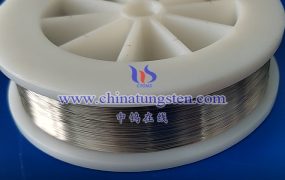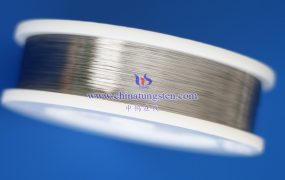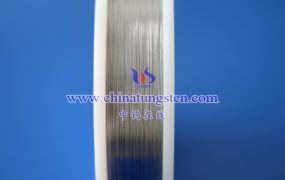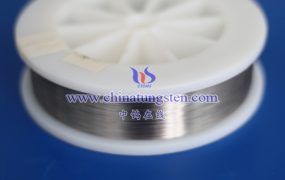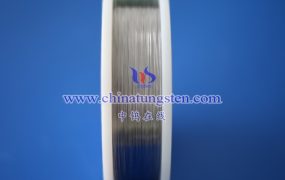The expansion of microcracks in tungsten wire is a complex process, which is affected by many factors, including the size, shape, and position of the cracks, the material and microstructure of the tungsten wire, and external stress conditions. The following is a detailed analysis of the mechanism of microcrack expansion in tungsten wire:
- The initiation and expansion mechanism of microcracks
Initiation stage:
Microcracks usually originate from defects inside the tungsten wire, such as inclusions, vacancy clusters, dislocation accumulation, etc.
Under the action of external stress, these defective areas are prone to stress concentration, thereby initiating the formation of microcracks.
Extension stage:
Once a microcrack is formed, it will continue to expand under the continuous action of external stress.
The expansion methods mainly include expansion along grain boundaries and transgranular expansion. Extension along grain boundaries refers to cracks along grain boundaries, which is usually due to low grain boundary strength and easy fracture. Transgranular expansion refers to cracks directly passing through the interior of the grain, which usually occurs when there are more defects or stress concentration inside the grain.
- Factors affecting microcrack expansion
Crack size and shape:
The size and shape of microcracks have an important influence on their expansion rate. Larger cracks and sharp crack tips are more likely to cause stress concentration, thereby accelerating crack expansion.
Material and microstructure of tungsten wire:
The purity, grain size, texture and other microstructural characteristics of tungsten wire will affect its ability to resist crack propagation. High-purity tungsten wire has better crack propagation resistance because it has fewer internal defects. Fine grains and uniform texture also help to improve the toughness of tungsten wire, thereby slowing down the crack propagation rate.
External stress conditions:
The type (such as tensile stress, compressive stress, shear stress, etc.), size and direction of external stress will affect the propagation of microcracks. Higher stress levels and unfavorable stress directions will accelerate crack propagation.
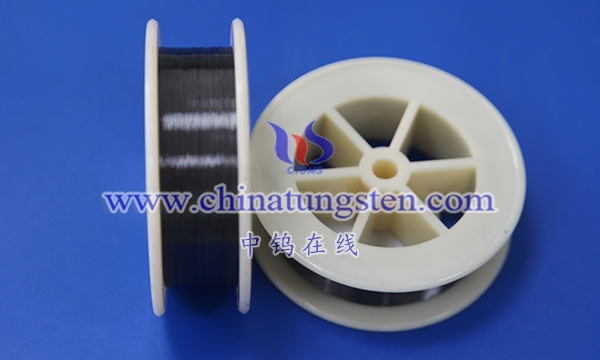
- Consequences of microcrack propagation
Cause tungsten wire breakage:
As microcracks continue to expand, they may eventually connect to each other or expand to the critical size of the tungsten wire, causing the tungsten wire to break.
Affecting tungsten wire performance:
Even if microcracks do not cause the tungsten wire to break immediately, they will reduce the mechanical properties of the tungsten wire, such as strength, toughness and fatigue life.
- Measures to slow down the expansion of microcracks
Improve the quality of tungsten wire:
By optimizing the preparation process of tungsten wire and improving the purity of raw materials, the defects inside the tungsten wire can be reduced, thereby improving its ability to resist crack expansion.
Improve stress conditions:
By rationally designing the use environment and stress conditions of tungsten wire, such as reducing stress levels and changing stress directions, the rate of microcrack expansion can be slowed down.
Adopt toughening technology:
For example, adding short fibers, particles or other toughening phases to tungsten wire can improve the toughness of tungsten wire, thereby slowing down the expansion of cracks.
More details of tungsten wires, please visit website: http://tungsten.com.cn/tungsten-wires.html
Please contact CHINATUNGSTEN for inquiry and order of tungsten needles:
Email: sales@chinatungsten.com
Tel.: +86 592 5129595

